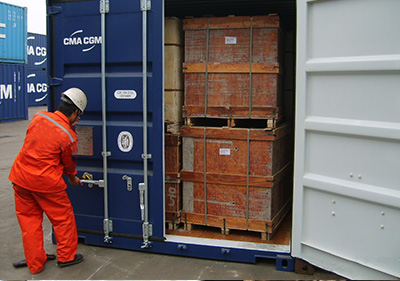Mobile:+86-311-808-126-83
Email:info@ydcastings.com
hot isostatic pressing aluminum castings
The Benefits of Hot Isostatic Pressing for Aluminum Castings
Aluminum castings have long been celebrated for their lightweight, excellent corrosion resistance, and diverse applications across industries such as automotive, aerospace, and consumer goods. However, one significant challenge these castings often face is the presence of porosity, which can weaken the material and compromise its mechanical properties. To address this issue and enhance the performance of aluminum castings, the technique of Hot Isostatic Pressing (HIP) has emerged as a transformative solution. This article explores the process of HIP and its benefits in improving aluminum castings.
Understanding Hot Isostatic Pressing
Hot Isostatic Pressing is a manufacturing process that applies high pressure and temperature to materials to improve their density and mechanical properties. The HIP process involves placing a metal component inside a sealed chamber filled with an inert gas, typically argon, and heating it to a specific temperature while simultaneously applying isostatic pressure. This unique combination causes the microscopic pores and voids within the material to collapse, leading to enhanced density and reduced porosity.
The advantages of using HIP for aluminum castings are numerous. First and foremost, it significantly increases the material's density by reducing the size and frequency of porosity. This is crucial in applications where high strength and durability are necessary. Moreover, the reduction in porosity enhances overall fatigue properties, making HIP-treated components more reliable under cyclic loading conditions.
Benefits of Hot Isostatic Pressing
1. Enhanced Mechanical Properties One of the most substantial benefits of HIP is the improvement in mechanical properties. As porosity is reduced, the casting exhibits higher tensile and yield strength, improved ductility, and enhanced toughness. This is particularly important for high-performance applications in industries such as aerospace, where materials must withstand extreme stresses and environmental conditions.
hot isostatic pressing aluminum castings

2. Improved Surface Finish HIP can also contribute to a better surface finish on aluminum castings. The process often results in tighter tolerances and smoother surfaces, reducing the need for secondary machining operations. This can lead to cost savings in production and improved performance in end-use applications.
3. Design Flexibility The application of HIP allows for greater design flexibility in aluminum components. Engineers can create more complex geometries and lightweight structures without the fear of compromising the integrity of the material. This innovation leads to more efficient designs that can enhance performance while reducing overall weight, an essential factor in industries where weight reduction is critical, such as automotive and aerospace.
4. Long-term Reliability Aluminum castings that undergo HIP treatment demonstrate improved long-term reliability due to their reduced susceptibility to failure mechanisms such as fatigue, crack initiation, and growth. This reliability leads to longer service life for components, which is particularly advantageous in critical applications where failure could result in significant safety risks or costly downtime.
5. Eco-Friendly Process The HIP process is also considered eco-friendly. By improving the performance of aluminum castings, manufacturers can produce lighter and more efficient products. This can reduce energy consumption during product use, aligning with global sustainability goals and reducing the carbon footprint associated with heavy and inefficient materials.
Conclusion
Hot Isostatic Pressing offers a transformative solution for the challenges posed by porosity in aluminum castings. By enhancing mechanical properties, improving surface finish, providing design flexibility, and ensuring long-term reliability, HIP has positioned itself as a valuable technique in advanced manufacturing processes. As industries continue to seek lightweight, durable, and efficient materials, the role of HIP in the production of aluminum components is only expected to grow, paving the way for innovations that address the complex demands of modern engineering. With its myriad benefits, Hot Isostatic Pressing exemplifies the intersection of technology and material science, driving forward the capabilities of aluminum castings in diverse applications.
-
Why Should You Invest in Superior Pump Castings for Your Equipment?NewsJun.09,2025
-
Unlock Performance Potential with Stainless Impellers and Aluminum End CapsNewsJun.09,2025
-
Revolutionize Your Machinery with Superior Cast Iron and Aluminum ComponentsNewsJun.09,2025
-
Revolutionize Fluid Dynamics with Premium Pump ComponentsNewsJun.09,2025
-
Optimizing Industrial Systems with Essential Valve ComponentsNewsJun.09,2025
-
Elevate Grid Efficiency with High-Precision Power CastingsNewsJun.09,2025











